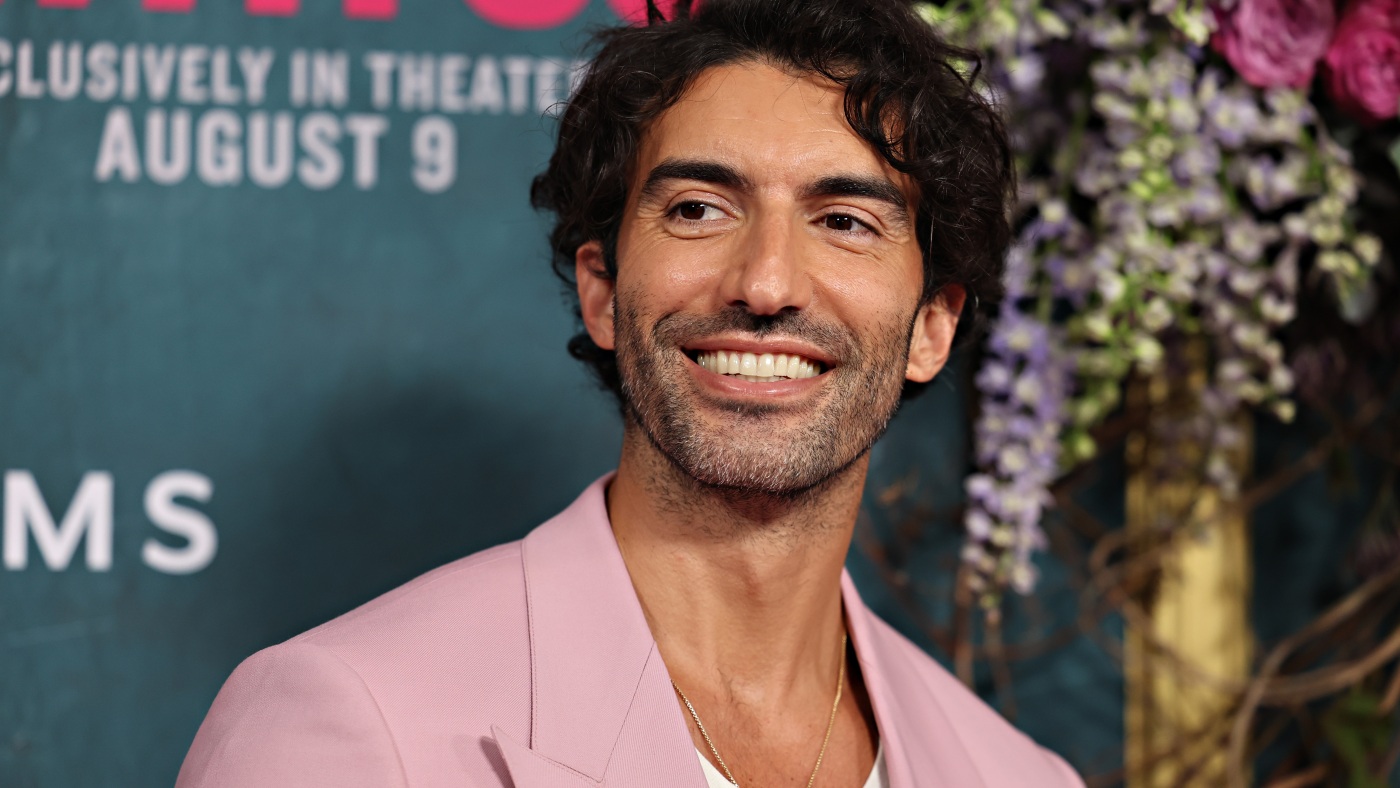Legal Showdown Between Justin Baldoni, Blake Lively, and Ryan Reynolds: A Comprehensive Analysis
The Hollywood spotlight recently shifted from red carpets to courtrooms in a high-profile legal dispute involving actor-director Justin Baldoni, his *It Ends With Us* co-star Blake Lively, and her husband, Ryan Reynolds. At the heart of this litigation were staggering defamation and countersuit claims towering in the hundreds of millions of dollars. Understanding the progression, implications, and judicial outcomes of these lawsuits offers a fascinating glimpse into how Hollywood disputes play out within the legal arena.
—
The Background of the Litigation
Justin Baldoni, recognized for his role and directorial efforts on the film *It Ends With Us*, found himself embroiled in legal conflict with Blake Lively and Ryan Reynolds. The conflict escalated dramatically when Baldoni filed a countersuit accusing Lively and Reynolds of defamation to the tune of $400 million. The amounts involved illustrate the scale and intensity of the dispute, making it one of the more high-stakes defamation cases involving Hollywood personalities in recent times.
The lawsuit seemed to stem from a complex interplay of accusations and legal countermeasures. After Blake Lively initiated legal action against Baldoni, alleging sexual harassment claims, Baldoni countered with his colossal defamation suit. He also filed an additional $250 million defamation lawsuit against *The New York Times*, further broadening the legal battle to include media entities.
—
Legal Grounds and Arguments
Baldoni’s countersuit accused the defendants—Lively, Reynolds, and others—of damaging his reputation through defamatory statements. The claims likely hinged on the assertion that these statements were false, injured his career and personal standing, and were made with malicious intent.
Blake Lively’s initial suit, reportedly accusing Baldoni of sexual harassment, positioned the conflict within the broader conversation about accountability and power dynamics in Hollywood. The addition of Ryan Reynolds into the countersuit reflects how interconnected relationships in the entertainment industry can come into play in such cases.
—
The Court’s Dismissal of the Lawsuits
A critical turning point arrived when a U.S. federal judge dismissed Baldoni’s $400 million countersuit against Lively and Reynolds. The dismissal affected not only the substantial countersuit but also his $250 million defamation claim against *The New York Times*. The judge’s ruling notably characterized Lively’s sexual harassment accusations as legally protected, shielding her statements under the protection of free speech and potentially other legal doctrines safeguarding truthful or privileged communications.
Moreover, the decision to toss out the complaint against one of the world’s most prominent newspapers underscores the challenge celebrities face when suing media companies in defamation cases. Courts frequently protect journalistic entities unless there is clear evidence of reckless disregard for the truth or intentional malice—a high bar to meet.
—
Implications for the Parties Involved
The dismissal signified a substantial legal defeat for Baldoni. Losing such large-scale suits can have a damaging effect on a plaintiff’s reputation and finances, especially considering the public attention and associated legal costs. For Lively and Reynolds, the outcome served as a legal vindication, reinforcing the idea that public figures who make certain accusations—like those alleging sexual misconduct—can receive constitutional protections.
For the broader entertainment industry, this legal episode underscores the complex intersection of personal conflicts and the law, especially as social movements have increased awareness and litigation related to misconduct allegations.
—
Broader Insights Into Hollywood Litigation Dynamics
This case highlights a few distinctive features of dispute resolution within Hollywood:
– Public and Media Scrutiny: When actors sue each other amid serious allegations, the cases become fodder for intense public scrutiny. Media outlets cover every development, which can influence reputations long before a court verdict.
– High Monetary Stakes: Suits involving hundreds of millions of dollars illustrate how reputation, future earnings, and influence motivate parties to pursue or defend against claims aggressively.
– Legal Protections for Speech: The judge’s dismissal illustrates the judiciary’s reaffirmation of free speech safeguards, especially in contexts involving accusations about conduct in workplaces or public forums.
– Impact on Collaborations: Legal battles between co-stars of a current or past film can affect collaborations, projects in development, and industry relationships, revealing the private risks of public professional partnerships.
—
Conclusion: A Legal Battle Settled but Conversation Ignited
The dismissal of Justin Baldoni’s $400 million countersuit marks a significant conclusion to this dramatic chapter of Hollywood litigation. It affirms the protective scope of legal principles such as defamation standards and free speech, particularly when allegations of misconduct arise. While the lawsuit might be over, its reverberations persist—shaping how allegations, reputation, and media narratives intertwine in the world of entertainment.
This episode is a potent reminder that beneath the glamour and star power, legal disputes can dramatically alter careers and public perceptions. It underscores how the courtroom, for all its procedural rigor, also serves as a stage where complex human conflicts unfold, revealing the intricate dance between personal grievance, public image, and justice.


